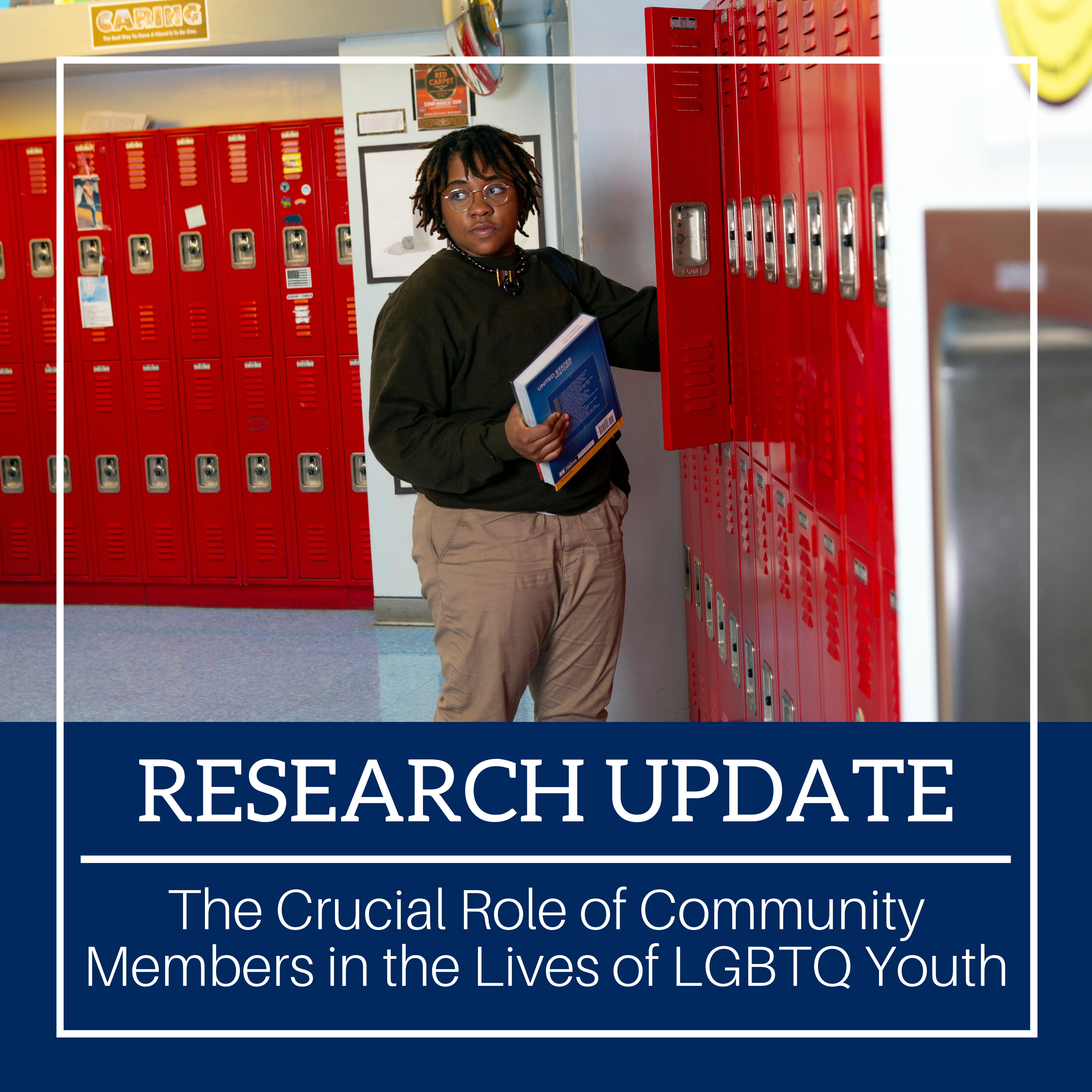Blog
The Healing Nature of Critical Consciousness Development and Community Care for Black Youth Exposed to Community Violence
The Healing Nature of Critical Consciousness Development and Community Care for Black Youth Exposed to Community Violence
Exposure to community violence can have profound emotional, cognitive, and social consequences for youth (Finkelhor, Turner, Shattuck, & Hamby, 2015). This is particularly true for youth who reside in economically disadvantaged, predominantly Black communities (Zimmerman & Messner, 2013). Researchers have compared the experience of community violence exposure to the experience of being in war zones, particularly the experience of seeing no foreseeable end to violent conflict (Horowitz, McKay, & Marshall, 2005; Fowler et al., 2009).
Following violence exposure and loss of loved ones to homicide, seventy percent of Black youth report experiencing post-traumatic stress symptoms, such as hypervigilance and avoidance (Smith & Patton, 2016). While hypervigilance and avoidance can protect youth in instances of danger, they have also been associated with engagement in risky coping behaviors, such as delinquency and substance abuse (Gaylord-Harden et al., 2018; Andrews et al., 2019). For Black youth in disadvantaged communities, their experiences with violence can be perpetuated by a lack of support from systems and institutions meant to support their well-being (Watts Abdul-Adil, Pratt, 2002).
There is a need for increased attention to strength-based perspectives as avenues for wellness and healing for youth from disadvantaged communities (Vaughn & DeJonckheere, 2021). Throughout history, community-oriented prosocial behaviors such as collective healing practices, social justice organizing, and cultural empowerment have contributed to the resilience of Black youth by instilling them with civic-minded principles of mutual trust, healthy boundaries, and collectivism, and providing members with crucial care, including emotional and social support, tangible forms of mutual aid, and protection from harm and violence (Gooden & McMahon, 2016).
Critical Consciousness Development, Communalism, and Positive Youth Development
Critical consciousness describes how individuals develop an awareness of the socio, economic, and cultural circumstances that shape their lives and their capacity to create social change (Friere, 1968, 1990). It provides us with a framework for understanding how youth can resist and heal from exposure to social stressors through understanding social inequality, and can inspire them to work to change unjust social conditions through social action (Cammarota, 2011; Ginwright, & James 2002; Watts et al., 2011). As scholars, it can be said that our critical consciousness develops when we place Black youths’ at-risk behaviors within historical, political, and cultural contexts. Social inequity puts oppressed youth at a higher likelihood of being exposed to stressful life conditions. Therefore, it is important that our prevention efforts also include curriculums that can encourage youth’s socio-political development, as well as provide youth with resources to assist them in healthy development.
Critical consciousness has three dimensions: critical reflection (thoughts), critical efficacy or motivation (emotions), and critical action (behaviors) (Watts et al., 2011). All three dimensions can foster the development of adolescent empowerment, such as development, meaningful roles, bonding, and social control (Ballard & Ozer, 2016; Watts, Diemer, & Voight, 2011) and can have protective effects on youth’s psychological symptoms, such as depression, violent behaviors, and substance use (Christens & Peterson, 2012; Godfrey et al., 2019).
Critical reflection or awareness of systemic inequality
The benefits of critical reflection have been demonstrated in research showing its associations with other indicators of positive youth development, including improved academic outcomes, positive socioemotional functioning, and potential later civic engagement in their communities (Heberle et al., 2020). Fostering youth's community relationships through after-school programs, mentoring relationships, healing circles, peer support groups, and educational programs that highlight systemic injustice have the potential to be protective for youth exposed to community violence. These programs could help youth:
- Understand the various systemic factors that increase their neighborhood's likelihood of experiencing violence;
- Foster their racial/ethnic identity/pride by highlighting the work of historical and current Black civil rights leaders;
- Identify cultural strengths and Afro-cultural resiliency factors.
Critical efficacy, or feeling capable of addressing inequalities
Collective efficacy is a crucial predictor of positive youth development and a protective factor for depression, academic engagement, and academic competence for low-income youth of color (Godfrey et al., 2019). Social capital, or networks of relationships among people who live within a particular society, is directly related to the development of collective efficacy and attends to strategies for young people to develop a sense of value for their communities (Morenoff et al., 2001; Collins, Neal, & Neal, 2014). We can increase youths' likelihood of developing critical efficacy through the development of effective social networks. Community organizations can provide critical knowledge to community members, parents, and youth that can:
- Empower them to feel a sense of control, with the potential to respond to neighborhood & community problems. (ex. community violence, school safety, & police harassment);
- Encourage them to establish positive relationships with their community members;
- Increase their perceived autonomy, racial injustice efficacy beliefs, & self-advocacy skills.
Critical action or behaviors that challenge unequal systems
Critical action provides avenues for young people to challenge and respond to inequality in their communities (Ginwright & Cammarota, 2002). It has been associated with academic achievement, career development, social mobility pathways, and occupational attainment among Black youth (Rapa, Diemer, & Banales, 2018). It is pivotal that young people’s community members model critical action for youth, through participating and accompanying them in collective social action to create social change and empower them to engage these actions alongside their peers. Critical action activities that can increase Black community violence exposed youth’s capacity to respond to the needs of their community can include:
- Political organizing;
- Volunteering in service organizations, community gardens and mutual aid groups;
- Finding safe, chaperoned ways to protest youth violence, racial injustice, and police brutality;
- Engagement in mutually beneficial community participatory action research, a collaborative research approach where researchers partner and provide support to youth community members in projects to solve community issues.
For Black youth coping with community violence, social-emotional support from parents, mentors, practitioners, and educators as well as resource allocation from activists, advocates, and prevention scholars can provide necessary avenues for youth to expand their understanding of their identities, connect with their cultures and communities, and increase their likelihood of positive, prosocial development.
.png?width=1728&height=2304&name=The%20Healing%20Nature%20of%20Critical%20Consciousness%20Development%20and%20Community%20Care%20for%20Black%20Youth%20Exposed%20to%20Community%20Violence%20(11).png)
Perla Ramos Carranza, Robyn Douglas, and Stephen Gibson received Search Institute’s Summer Scholars Fellowships for 2022. The research fellowship focused on equity and inclusion in youth development with the goal of producing actionable research that utilizes Search Institute's existing data, and significantly contributes to advancing the science and practice of positive youth development. Robyn researched civic-oriented positive youth development among Black youth, Perla studied the role of families and community organizations in the positive development of Latino/a/x youth, and Stephen focused on Black parenting strategies in relation to the five elements of the Developmental Relationships Framework. Each fellow also wrote a blog discussing their research findings.


